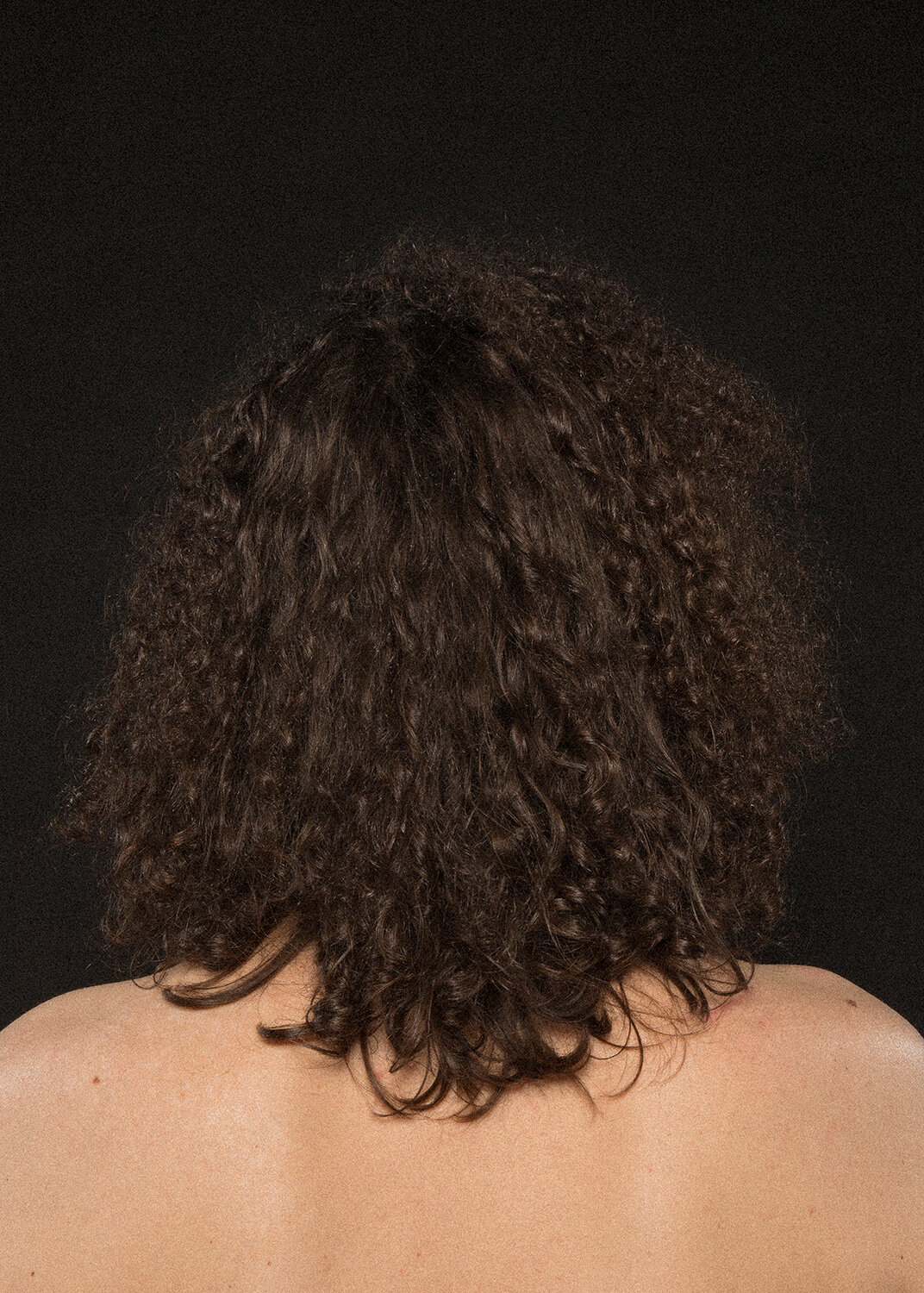
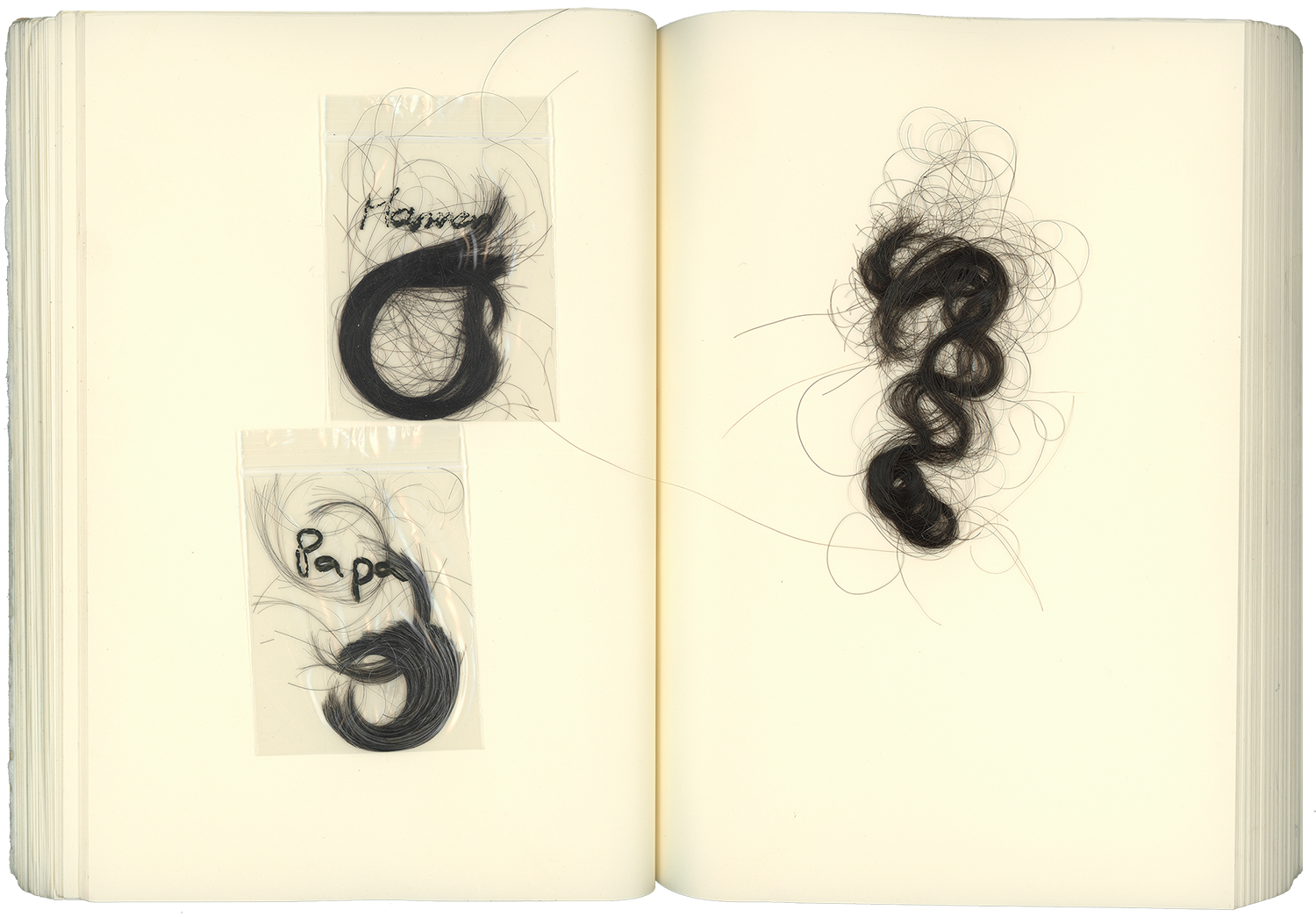
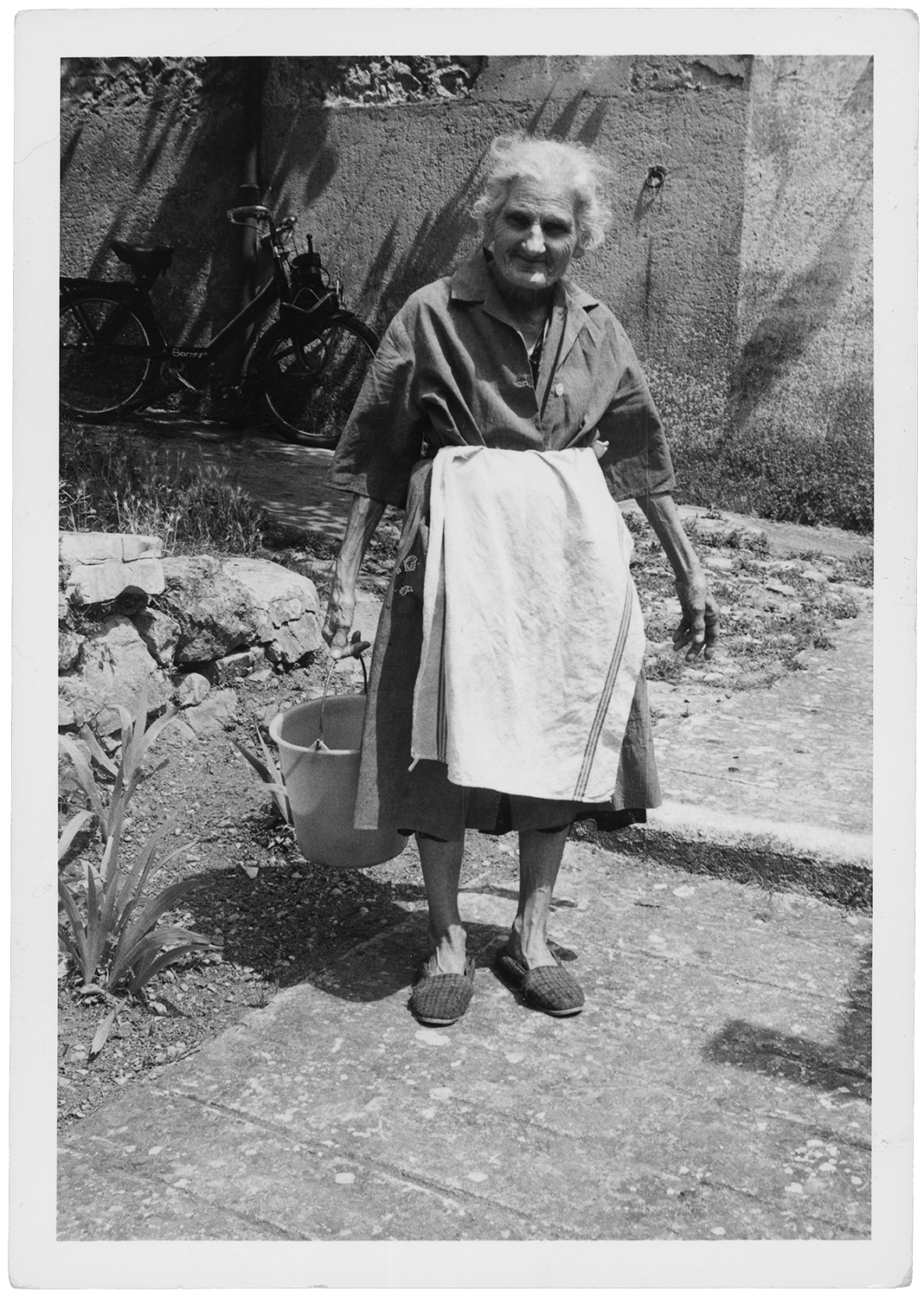
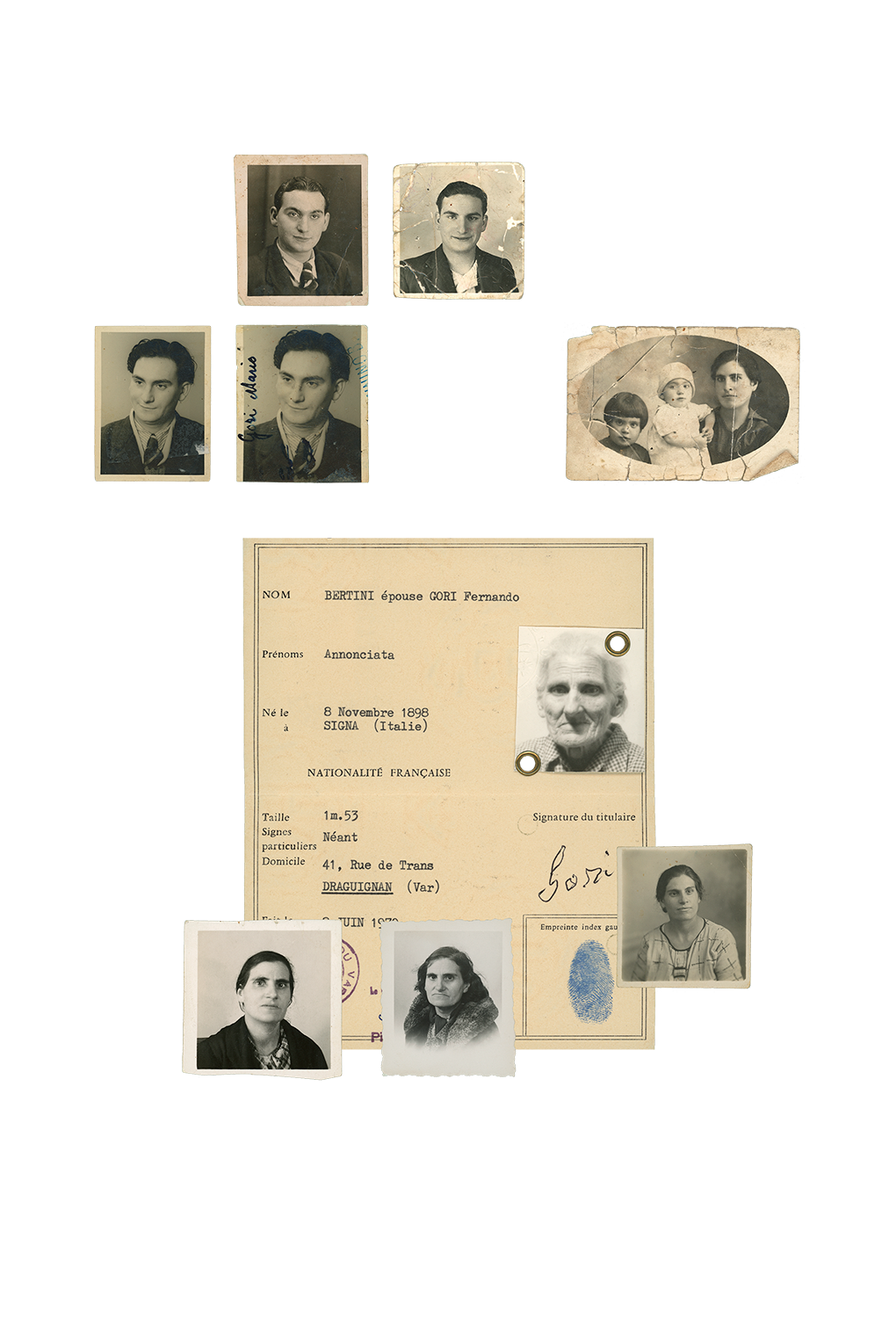



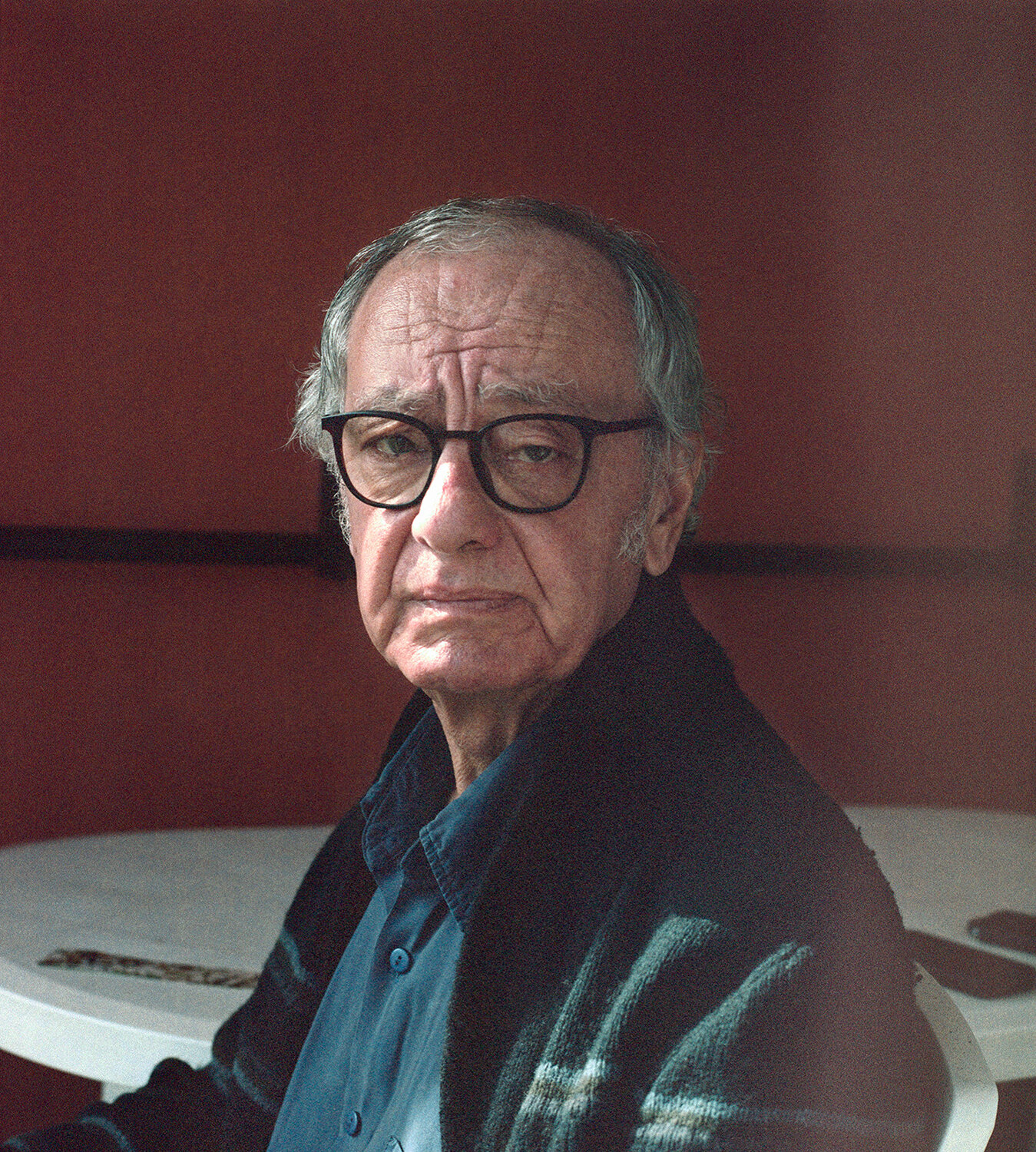
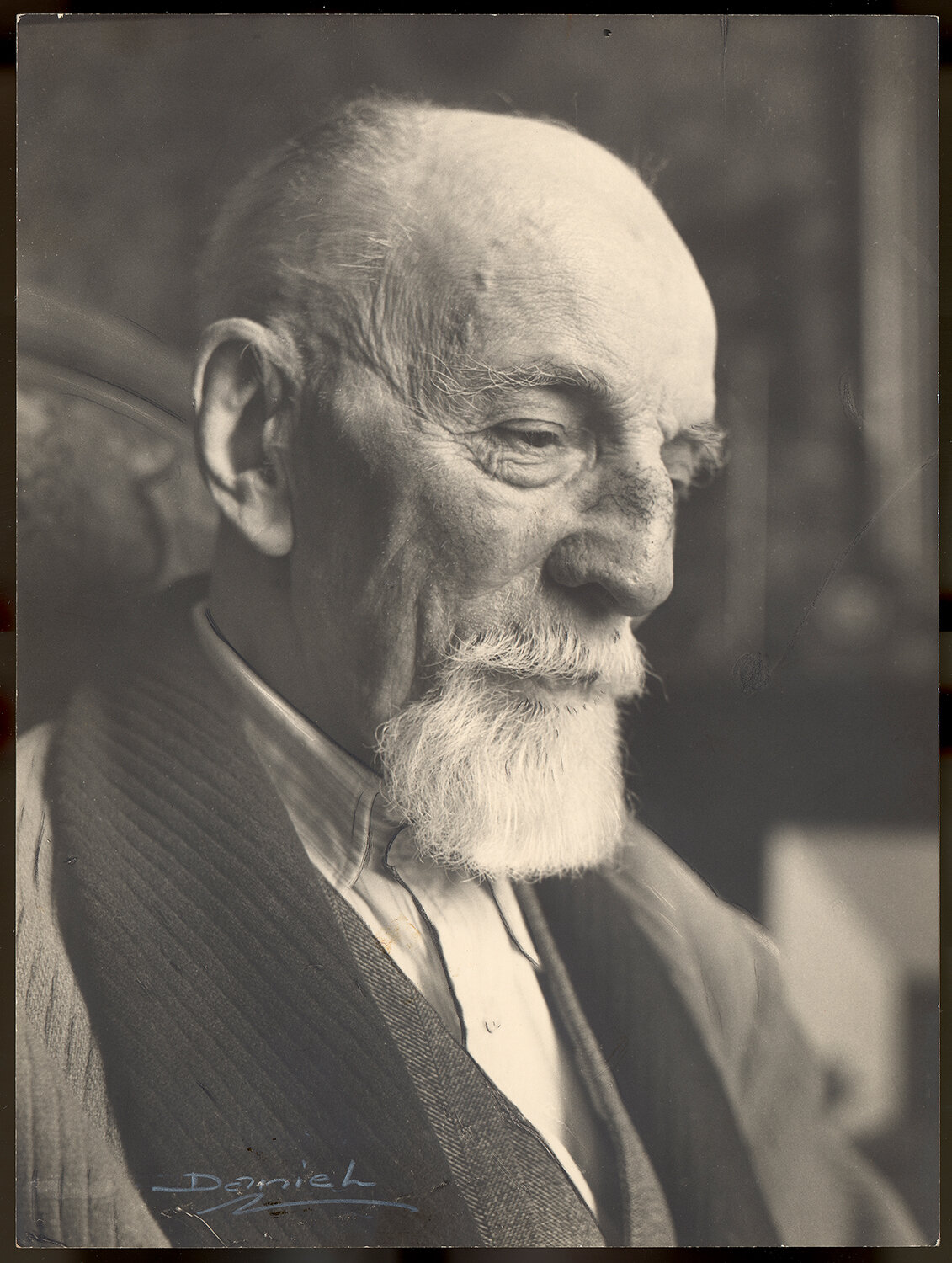
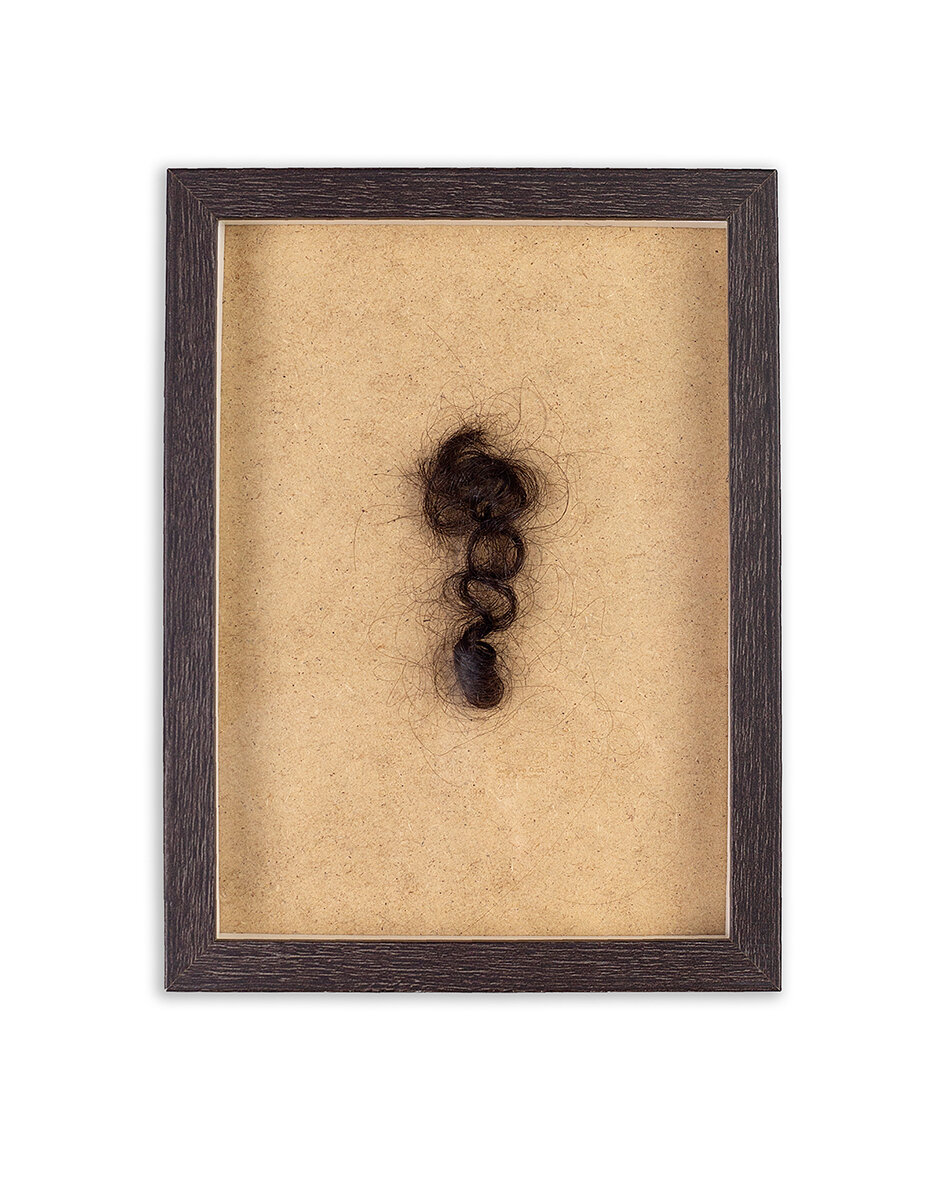
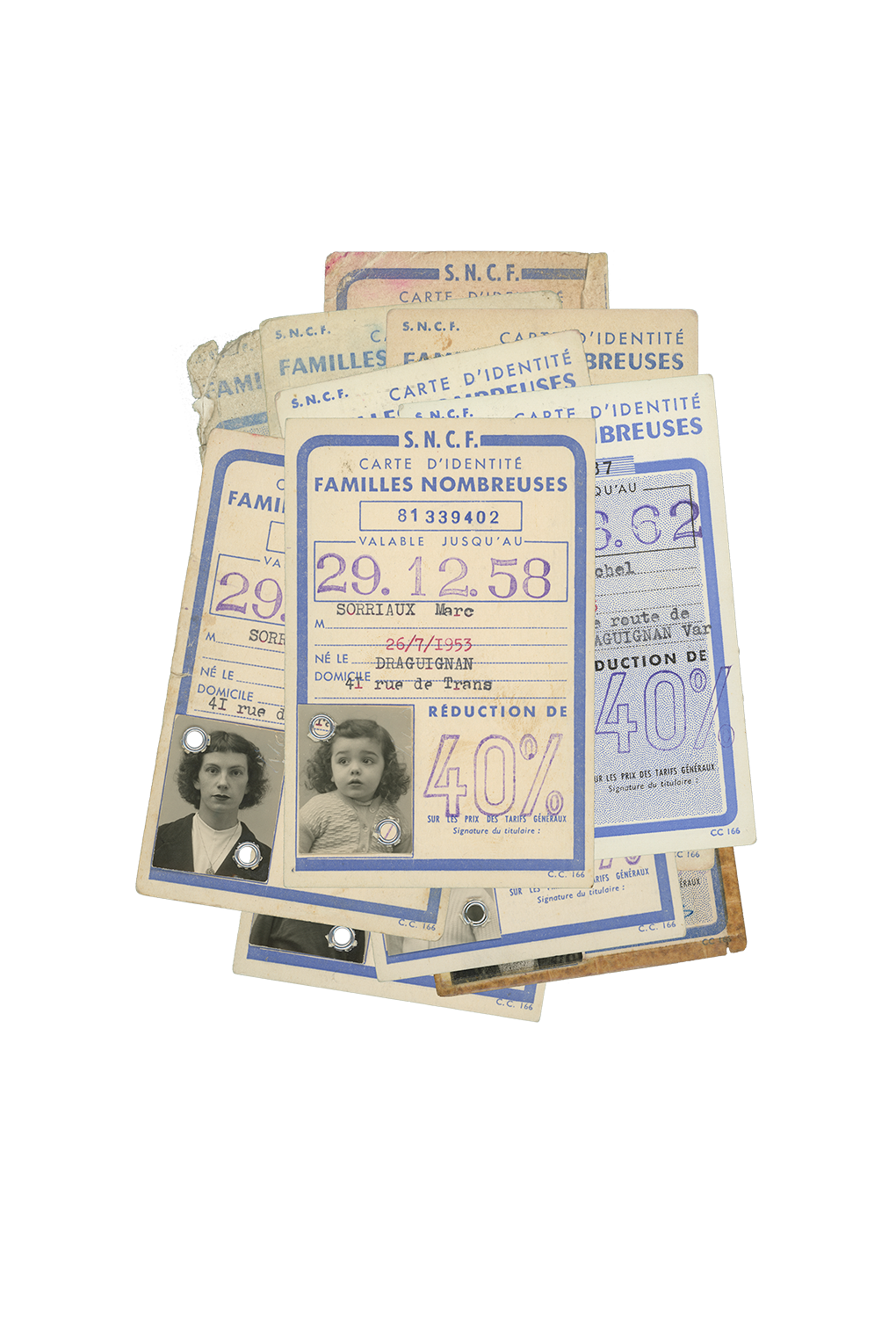
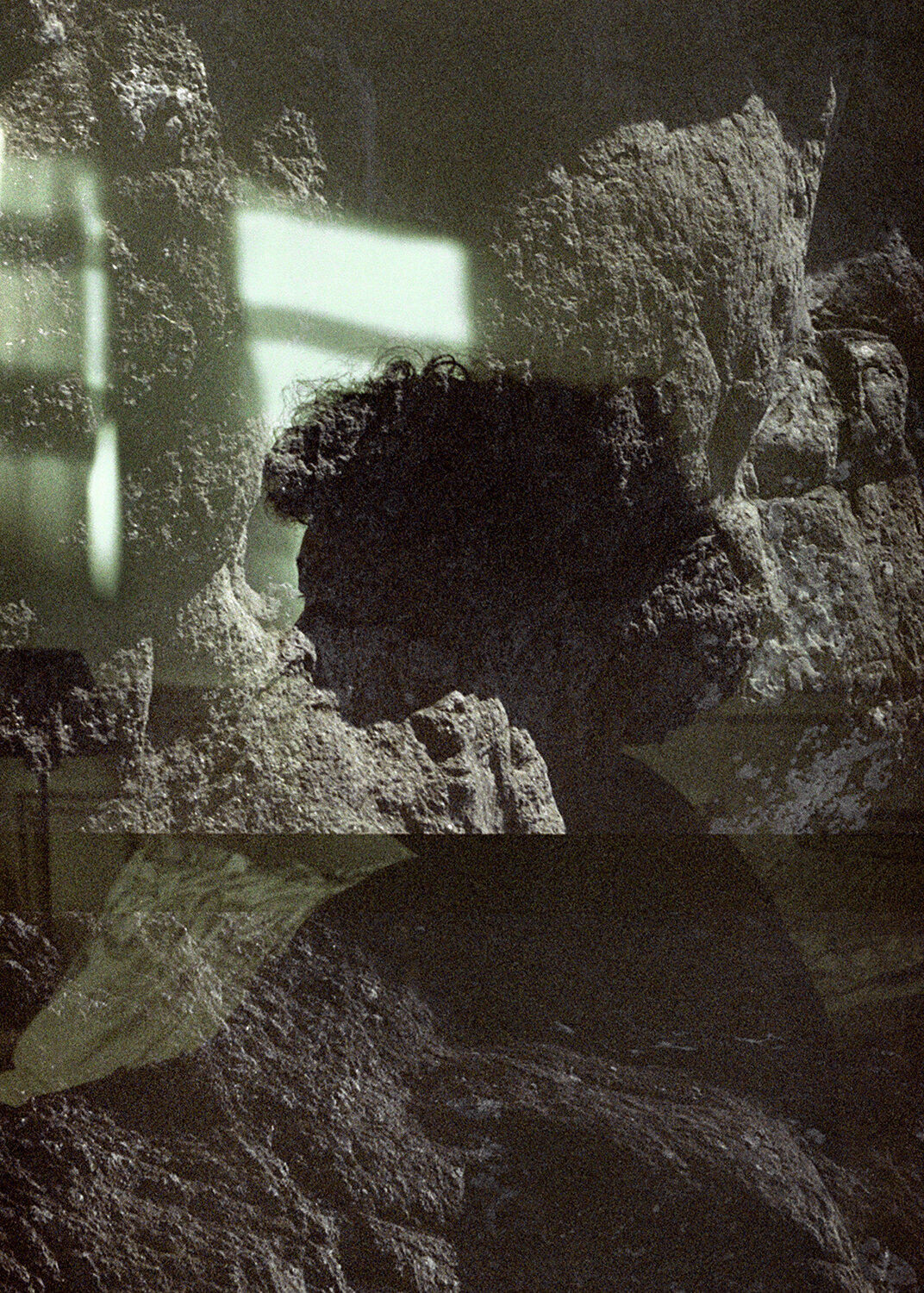
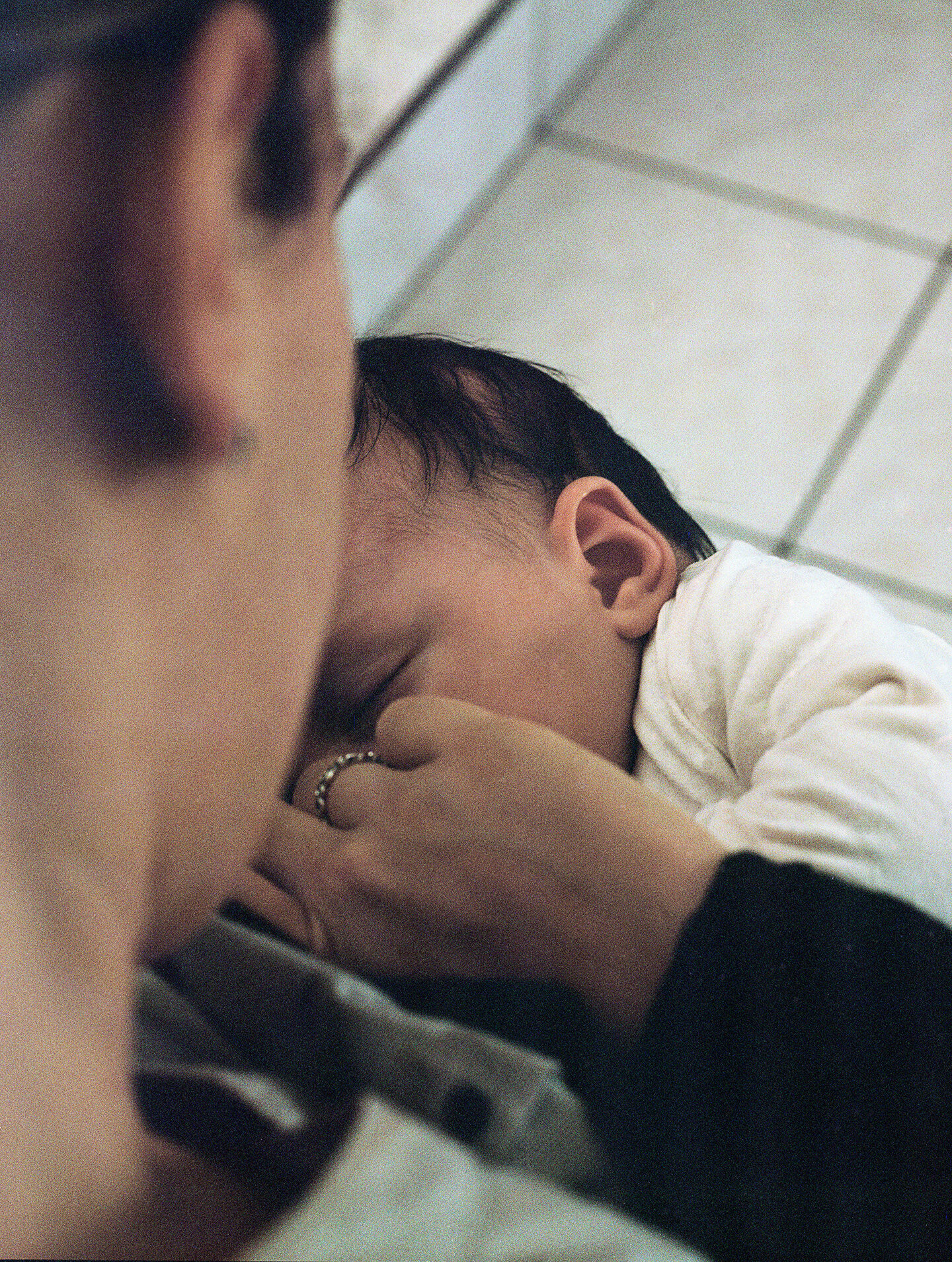
PORTFOLIO - AURÉLIE SORRIAUX
Hair is, and has long been, an important aspect of identity for many, with its historic significance varying across a myriad cultures. We can endlessly manipulate it, shape it, cut it, collect it, preserve it, and can symbolize many things: from health, wealth and status to a rebellion against conformity. Historically, the forced cutting or altering of one's hair has, at extremes, been used as a means of degradation and humiliation: at its essence, its undertaking was a means of stripping one of their identity, their individuality. Past the individual, our hair is a source of our heritage, connecting us to the many that have come before us: it is from this root that visual artist Aurélie Sorriaux's (1994) project ‘In Search of My Curls’ develops, as she, following the archive tradition, delved into her family's visual and written historical artifacts in pursuit of traces of herself, and the heritage that came with her curly hair.
While many of Sorriaux's previous projects involved a mapping of geographical landscapes, studying the visible traces of time left upon the earth's surface, In Search of My Curls is a project, while continuing within the same vein of in-depth research, that maps out a far more abstract concept — the delineation of her family's heritage across generations, and how this history culminated in her being. Indeed, Sorriaux appears to approach the project with the research-driven mindset of a geologist. As the only one in her family to possess a head of curly hair, this question of identity and its source seemed all the more pertinent to Sorriaux, who sought to understand the factors that one may use in determining our feeling of connectedness with our family. What defines the relationship of family, besides blood? Is it likeness, language, culture, or perhaps a set of presiding principles that come about from a culmination of all of the above? Can one find answers to such questions by looking into remnants of the past?
In an increasingly chaotic sea of information - due in part to the rise of companies offering services such as direct to consumer genetic testing and ancestral data - Sorriaux's search for her roots took place within her family's archive, in the form of tangible artefacts such as photographs, train tickets and the like. Yet, in involving her family members in her project, Sorriaux opens up her personal investigation and breaks from the more factual basis of the archive tradition. In forming a list of questions she would have wanted to ask her ancestors, and passing them onto her parents, the line between the hard "fact" of the archive, from which her project finds its source, and the "fiction" of the imagined dialogues, becomes all the more blurred, and highlights a seemingly central question in Sorriaux's practice: how can the traces we are left with, in the form of artifacts and descendants, reveal truths about ourselves, and the world around us?
Sorriaux's project goes beyond the expansion of her family's archive in the creation of new artifacts — beyond the intimate photographs of her relatives juxtaposed with archival photographs, or cuttings of her hair, or the monument of her project as a whole, made physical in the form of a book. The project's self-referential nature — an almost, but not quite, meta layering of the existing archive with new material, that directly alludes to the original archive's scope and limitations — means that any reading of the archive by future generations, will be a reflection upon a reflection. While our insight into our own ancestral history relies largely upon the decisive, or sometimes accidental, preservation of history by our ancestors, Sorriaux's decision to give form to her investigation into identity paints new traces upon the topography of her ancestral history, forming an altogether different kind of heirloom with roots in both the real and the imaginary.